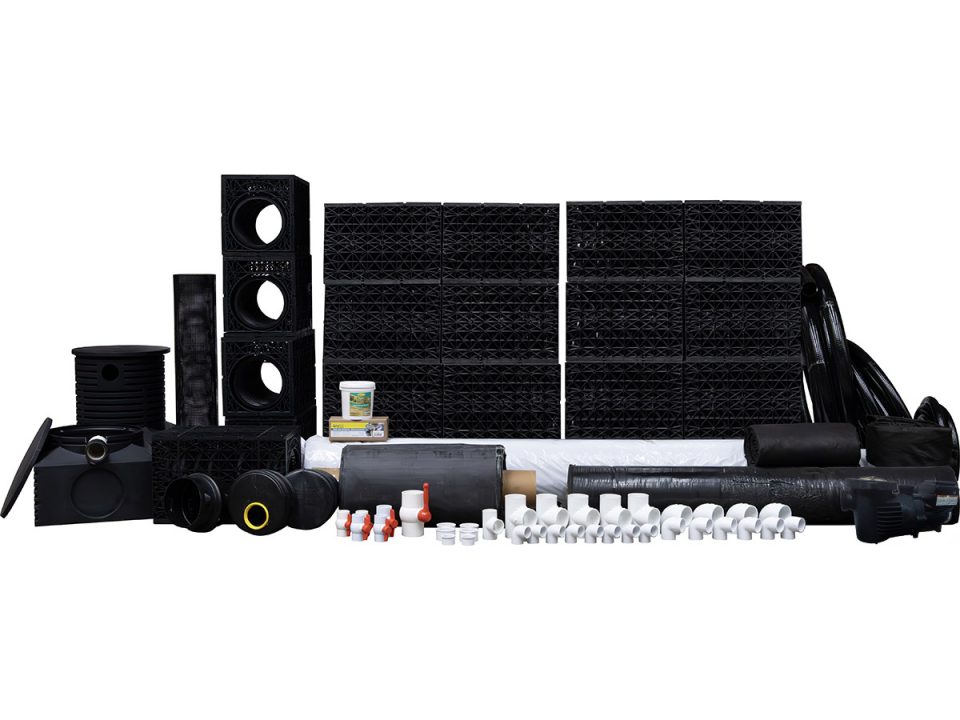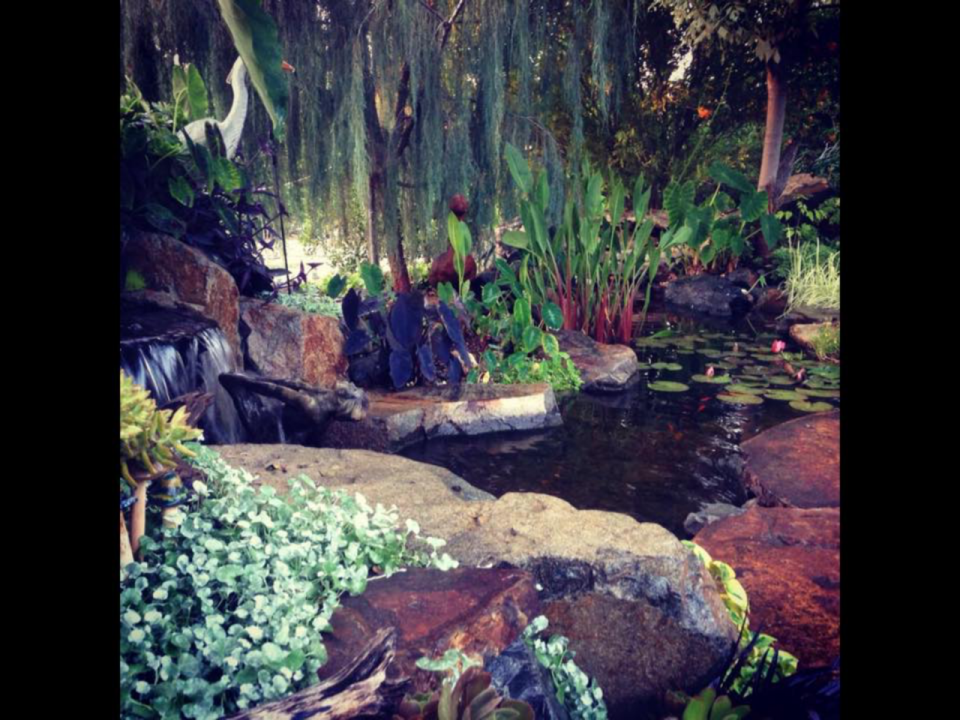Get on the Offense for the Best Success with your Pond
POKÉMON and PONDS?
July 16, 2016Abomination or Angelic Beauty
August 6, 2016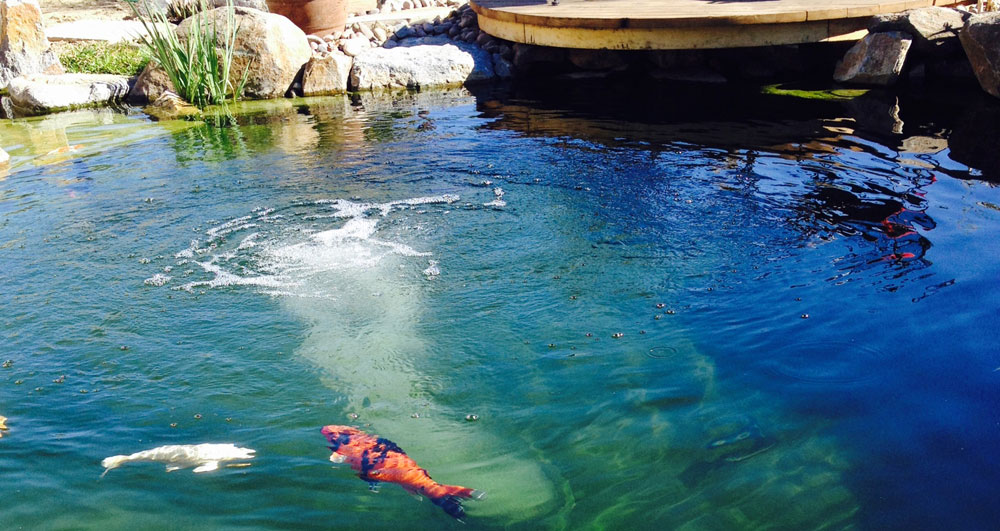
Get on the Offense for the Best Success with your Pond
It’s hot. There’s no denying it. While we love this kind of weather for beaches, barbecues, and biking, your koi are not as thrilled with it. Don’t wait for the heat of the moment to ruin your fun in the summer time! Here’s the low down on the high temperatures.
A LITTLE CHEMISTRY
When the weather warms up, the oxygen content in your ponds drops. This means there is less oxygen for your fish to breathe. Koi fish are much more active in warm weather, eating, swimming, and breeding, so they need more oxygen.
On top of this, any excess food, fish waste, or leaf material decaying in the pond are using oxygen as well. Added together, this means that the already low oxygen content caused by warm weather, is further challenged by everyday summer fun in your pond.
While a waterfall is helpful, it often can not keep up with the demands set by summer temperatures and other oxygen demands. We suggest supplementing the pond with an aerator.
WHAT IS BEST FOR MY POND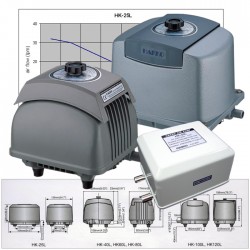
There are many different sizes and styles of aerators available, and the manufacturers offer suggestions for the size pond they should be used on. In order to choose the correct aerator for your pond, you should know how deep it is, at the deepest point, and the surface dimensions.
If you have a lake, you need to know the depth at the deepest point, and the size in terms of acres, (1/4 acre, 1/2 acre, etc.) to select the proper size. These units are typically much larger, and can run multiple air diffusers with a single compressor. There are special housing containers to protect these larger units from snow and floods too.
WHERE SHOULD I PUT IT?
The air diffuser, or the part that actually goes in the water, should be placed at the centermost, and deepest point of your pond. This will allow the bubbles to create a specific circulation pattern that brings the newly oxygenated water down to the bottom of the pond. The less oxygenated water will be drawn to the surface, to be loaded up with more oxygen, creating a great flow throughout the whole pond.
ADDED BONUS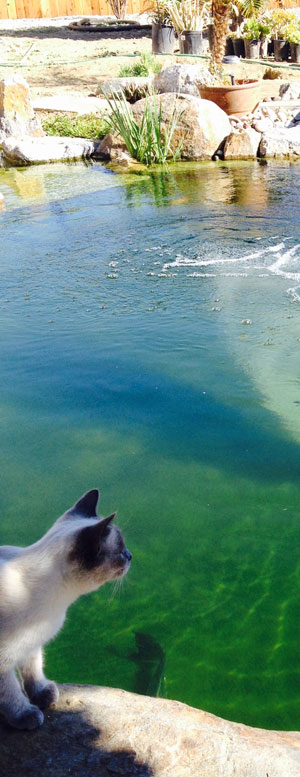
One amazing side affect of this additional aeration is that it helps break down sludge on the bottom. Without getting too technical, here’s how it helps.
When the freshly oxygenated water flows to the bottom of the pond, there is a chemical reaction between all the yummy new oxygen in your water, and any decaying, icky, grossness, gathering on your pond floor.
The positive charge of the oxygen, frees the negatively charged molecules on the icky stuff, (like hydrogen sulfide) and a chemical reaction breaks them down into water and sulphur dioxide, a gas that can now leave the pond, improving your water quality.
TAKE HOME
I know that was a little like high school chemistry, and no one wants to revisit that class, but all you really need to know is this;
If you add aeration, your fish have more oxygen when they need it, and it will make your water quality better.
For daily pond pro tips follow us on SnapChat, Periscope, Facebook, and Twitter
Leslie Triplett, The Pond Gal
Life is Short, Enjoy Koi!
Connect with The Pond Digger:
The Pond Digger on Facebook: www.facebook.com/theponddigger
The Pond Digger on Periscope: www.periscope.tv/theponddigger
The Pond Digger on Instagram: www.instagram.com/theponddigger
The Pond Digger on Pinterest: www.pinterest.com/theponddigger
The Pond Digger on Twitter: www.twitter.com/theponddigger
The Pond Digger on Youtube: www.youtube.com/theponddigger
The Pond Digger on Snapchat: www.snapchat.com/add/theponddigger



